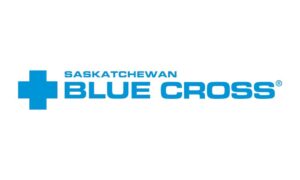Parametric insurance capacity increasing, both annual and multiyear: WTW

Capacity is increasing in the “active” parametric insurance and risk transfer market, according to broker WTW, as alternative risk transfer options continue to experience “high demand”.
The parametric insurance market has experienced a growth surge in recent years and this looks set to continue, as brokers placing challenging programs and risks lean-in to using the structures to provide alternative solutions to their clients.
Parametric risk transfer solutions are one of the most traded in what is still termed the ART space and WTW believes this will continue through the rest of 2024.
Among the drivers for the growing uptake of parametric insurance solutions are the fact they can “address insurance gaps or disintermediate traditional placements,” the broker explained.
As a result, they are particularly appropriate for clients that have challenging risk profiles, as well as those that have had a poor loss experience.
Typically, parametric solutions are used to address natural catastrophe and weather risks.
But WTW notes that parametrics are just as useful now for other exposures, such as pandemic and certain elements of cyber risks.
“Their deployment typically complements a property placement, adding capacity or protecting deductibles or uninsured assets. They are also used to protect against loss of revenue where weather conditions impact productivity,” the broker said.
Adding that, “WTW is also often deploying these programs to support lender financing and for government-led climate, environmental and social resilience initiatives.”
As well as this, WTW explained that parametric risk transfer solutions can assist clients in creating diversification within their insurance programs, or controlling volatility in the commercial insurance market.
Encouragingly for parametric risk transfer, the broker said that, “Capacity is increasing in this active insurance market, both annual and multiyear.”
Still, earthquake and hurricane risk are the most frequently traded exposures in parametric form.
But there is increasing risk for other perils, including so-called secondary perils, such as tornado, hail, and general weather risks from rainfall to temperature related risk transfer contracts.
Encouragingly, WTW noted that, “Insurers are deploying parametric capacity to create pro-client differentiating programs,” and that it is now seeing, “Wider client adoption continues following years of education and loss-proving events.”
Capacity for parametric risk transfer from the insurance-linked securities (ILS) market and alternative reinsurance capital providers has been growing steadily, with investors continuing to exhibit a strong appetite for many parametric structures.
So far this year, approximately 6.5% of catastrophe bond risk capital issued in 2024 has been for parametric cat bonds, the highest percentage since 2021 thanks to the number of World Bank supported deals.
Read all of Artemis’ parametric insurance, reinsurance and risk transfer coverage.




